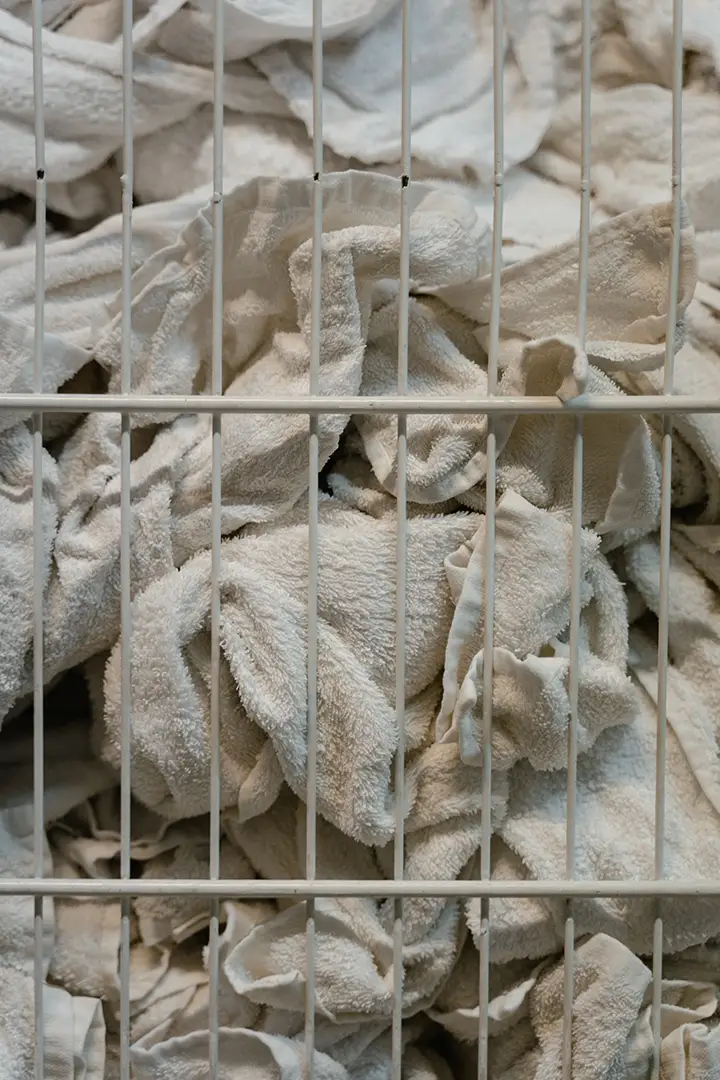Washing machines have been around for centuries, but modern washing machines have come a long way since their inception. Washing machines are now more efficient, easier to use, and more powerful than ever before. But how do they actually work?
At the most basic level, a washing machine works by agitating clothes and detergent in a tub of water. The agitation helps to break up dirt and stains on the clothes and also helps to disperse the detergent throughout the water. The process is aided by a rotating drum which moves the clothes around during the cycle.
The water is then drained out of the machine, usually through a pump or gravity feed, and fresh water is added for the rinse cycle. During this cycle, detergent is not used and instead fabric softener or other additives may be added to soften or scent the clothes. Once again, the drum rotates to help rinse away any remaining detergent or dirt from the clothes.
Finally, once all of the water has been drained from the machine, it enters into its spin cycle. This high-speed rotation helps to remove excess water from your clothing so that it can dry faster when hung up or placed in a dryer.
Modern washing machines come with all sorts of features such as temperature settings, delay start times, and even steam cycles for tougher stains. But at its core, a washing machine still operates in much of the same way as it did centuries ago: using agitation and drainage to clean your clothes efficiently and effectively!
